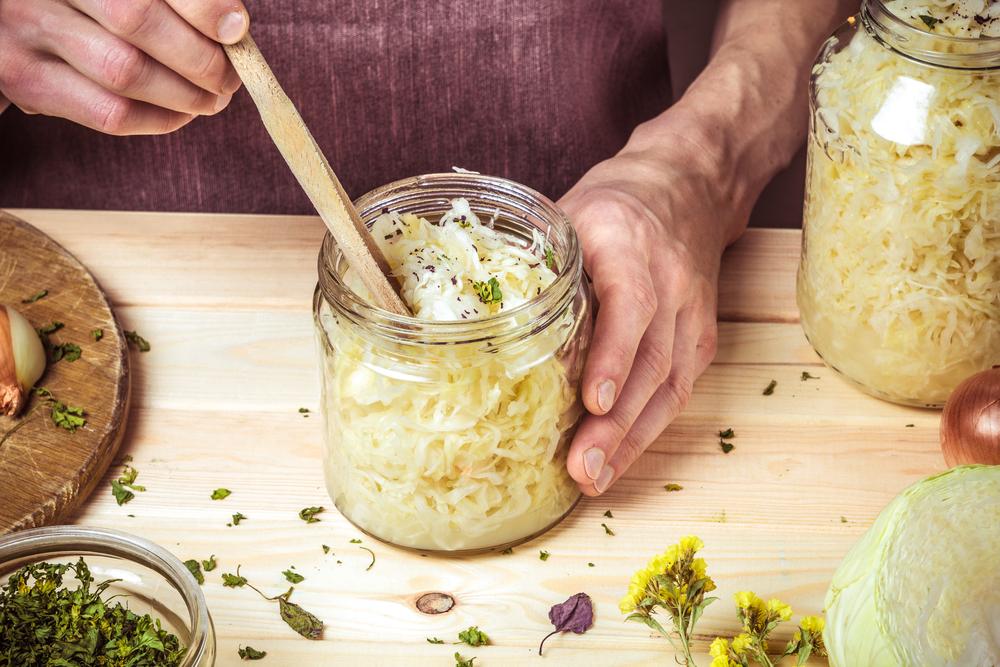People have been fermenting food since at least 6,000 B.C., and most cultures have some sort of fermented food.
In Asia, that includes various vegetable pickles such as kimchi, as well as soy sauce, fish sauce, tempeh, and miso. In Europe, there are sauerkraut, olives, kvass, cheese, yogurt, sausages, and Worcestershire sauce. In Central America, Salvadorans make curtido, a sauerkraut flavored with onion and chiles. In North Africa, preserved lemons flavor many dishes.

